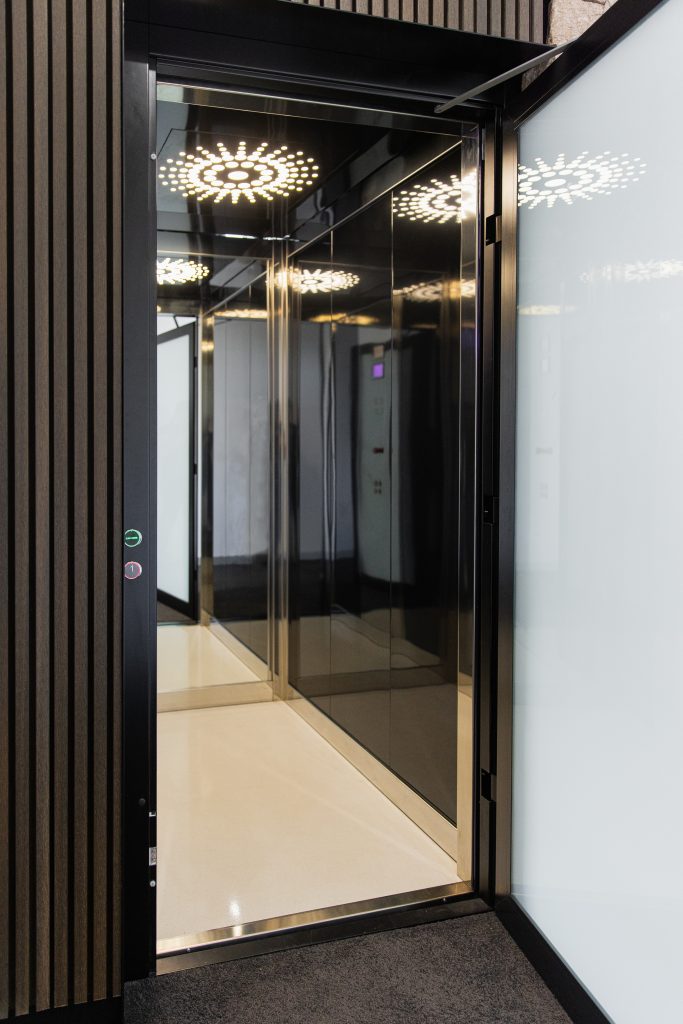Leading Lift Companies in London: Delivering Exceptional Solution and Assistance
Leading Lift Companies in London: Delivering Exceptional Solution and Assistance
Blog Article
Digging Into the Globe of Lifts: Common Concerns Faced by Different Lift Systems
As we navigate through the upright transportation systems of modern-day buildings, lifts stand out as an indispensable part of our lives. Nonetheless, behind their seamless operation lies a world of complex systems that can occasionally encounter difficulties. From hydraulic lifts to traction systems and machine-room-less layouts, each lift type includes its set of typical problems. Understanding these challenges is critical for guaranteeing the smooth performance of these vital systems. Allow's discover the intricacies that underlie the operation of elevators and the prospective issues that can occur, shedding light on the elaborate web of lift systems.
Hydraulic Elevators
Hydraulic elevators, often preferred for low-rise buildings, utilize fluid stress to regulate the movement of the lift car (lift repair companies). This mechanism includes a hydraulic pump pressing oil into a cylinder, creating the lift to relocate the wanted instructions. While hydraulic elevators are recognized for their peaceful and smooth operation, they do come with their very own collection of typical problems
One widespread problem with hydraulic elevators is oil leakage. Additionally, issues with the control system, such as defective valves or a malfunctioning pump, can cause disturbances in the elevator's movement.
Normal maintenance and punctual repair work are crucial to guarantee the smooth functioning of hydraulic lifts. By attending to these common problems proactively, structure owners can lessen downtime and make sure the safety and efficiency of their vertical transport system.
Traction Elevators
When thinking about upright transport systems in buildings, another typical kind aside from hydraulic elevators is the traction lift. Grip lifts run making use of a system of ropes and counterweights that move the lift cars and truck by grasping onto the hoist ropes. This mechanism permits smoother and faster upright transport contrasted to hydraulic systems.
Among the usual problems faced by traction elevators is rope wear. The constant activity of the ropes within the traction system can bring about deterioration gradually, possibly creating the lift to malfunction or end up being harmful for use. Routine evaluations and upkeep of the ropes are vital to make sure the elevator's appropriate functioning and security.
An additional issue that grip elevators may experience is associated with the control system. Troubles with the control system can result in problems such as irregular movement, hold-ups in action times, and even total shutdowns. Regular testing and upkeep of the control system are crucial to stop such issues and make certain the lift's dependability.
Machine-Room-Less (MRL) Elevators

Among the key components of MRL lifts is the compact gearless grip maker that is mounted within the hoistway. This device efficiently drives the lift automobile without the requirement for cumbersome devices found in traditional grip elevators. In addition, MRL lifts generally make use of a counterweight system to stabilize the automobile, more enhancing their power effectiveness.
In spite of their advantages, MRL lifts might face difficulties connected to repair and maintenance as a result of the confined area for tools installment. Availability for servicing parts within the shaft can be limited, needing specialized training for technicians. Correct maintenance routines and routine evaluations are critical to ensure the continued smooth operation of MRL lifts.
Overloading and Weight Restriction Issues
Overloading and weight limitation problems are essential problems in elevator procedures. Elevator manufacturers style raises with details weight abilities to guarantee guest safety and equipment durability.
When lifts are strained, it puts excessive pressure on the electric motor, cables, and other elements, possibly creating break downs or breakdowns. If they identify excess weight, security devices such as sensing units and overload sensors are in area to stop elevators from relocating. Furthermore, exceeding weight limitations can result in raised energy intake and deterioration on the elevator system.
To alleviate overloading concerns, building supervisors should plainly display weight limitations in elevators and inform passengers on the significance of sticking to these constraints - lift repair companies. Regular upkeep checks by certified professionals can likewise aid guarantee that lifts are operating within risk-free weight criteria. By resolving overloading and weight limitation issues proactively, building proprietors can enhance lift safety and effectiveness
Electric System Failures
Surpassing weight limits in lifts can not just lead to mechanical issues however additionally possibly contribute to electrical system failings within the lift facilities. Electrical system failures are an important worry in lift operation, as they can trigger unforeseen closures, breakdowns, or also security hazards.
Additionally, power rises or changes in the electric supply can also interrupt the lift's operation, impacting its performance and safety and security. These electric disturbances can damage sensitive lift parts such as control panels, circuit boards, or sensing units, bring about system failings. Regular upkeep and examinations are official site critical to determine and deal with potential electric problems promptly, making certain the secure and effective operation of lift systems. By adhering to weight limits and carrying out routine electric system checks, building you can try here owners can mitigate the threat of electrical failings in lifts.
Verdict

Hydraulic elevators, often favored for low-rise structures, utilize fluid pressure to manage the motion of the lift auto.When taking into consideration upright transportation systems in buildings, one more typical type apart from hydraulic elevators is the grip lift. Grip lifts operate using a system of ropes and weights that relocate the lift vehicle by gripping onto the hoist ropes. Unlike standard elevators that need a separate maker space to house the tools, MRL lifts integrate many of the components within the shaft, eliminating the requirement for a specialized machine room.In conclusion, elevators face common concerns such as hydraulic malfunctions, traction system failings, and electric system troubles.
Report this page